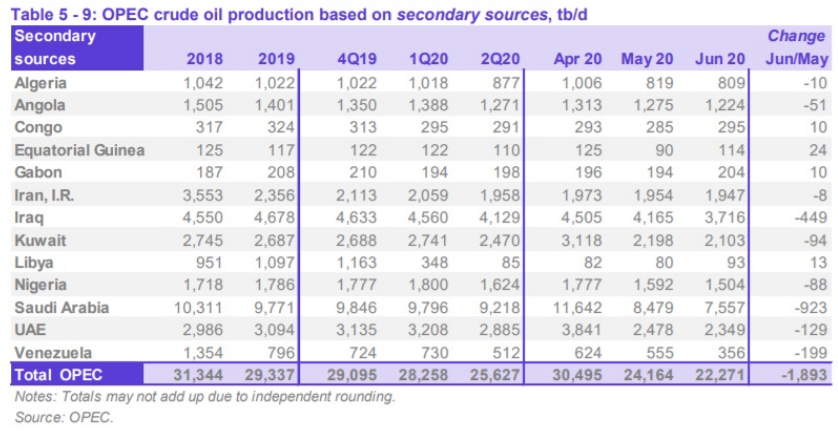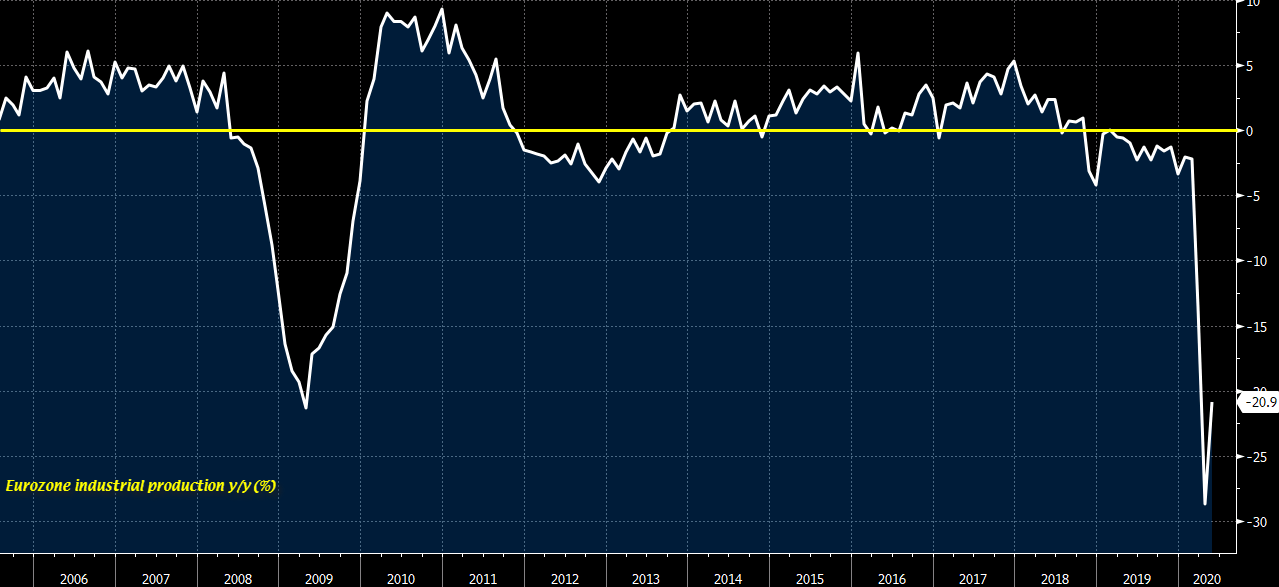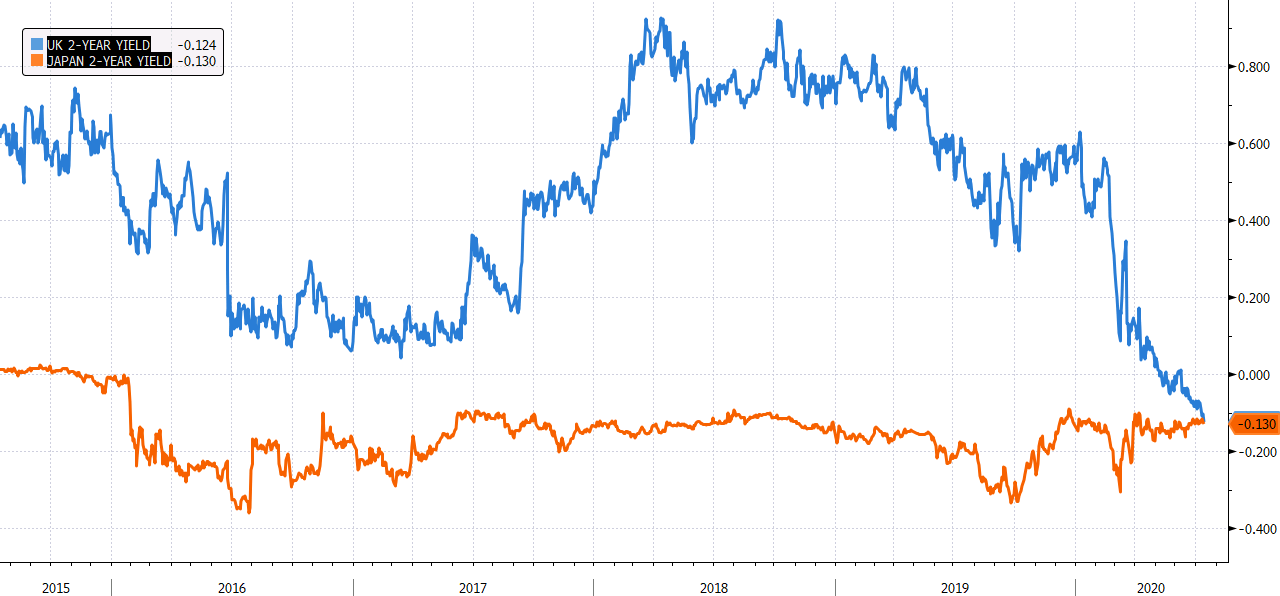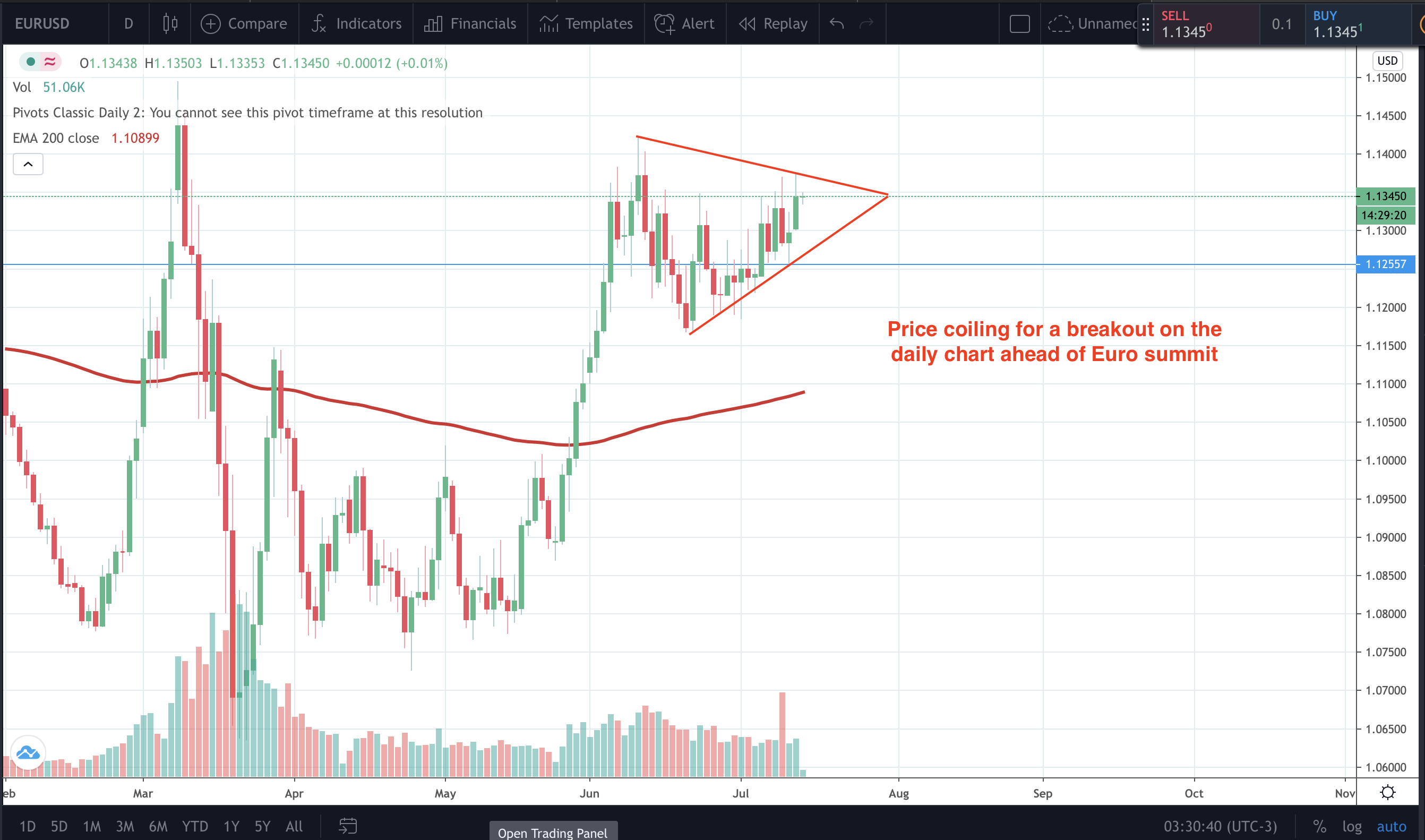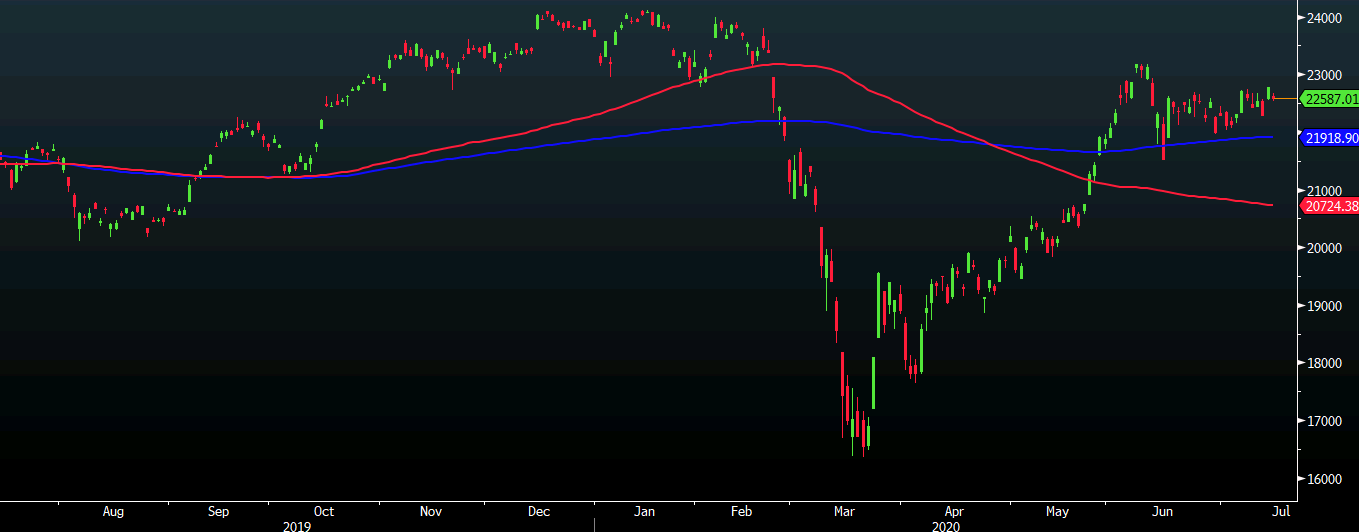Greed and fear are borne from the same parents. They feed on each other. A falling market prompts more selling just as a rising market feeds on itself.
It’s a concept that I just had to learn myself.
Why do stocks that are undervalued continue to be undervalued?
Why do stocks that are overvalued continue to be overvalued?
These momentum types of traits are of the same nature.
Fear prompts more aggressive panic selling ; that’s why stocks that are already slumping continue to be sold and enter a vicious cycle ;
Could be margin calls causing them to fall even further .
This same self reinforcing process operates in the same way on why stock prices can be propelled into the stratosphere. A great story can go on forever whenever the herd mentality is strong. Investors copy each other buying and selling. Greed prompts more euphoria until the loudest and most vociferous voice of the bull market must admit that the honeymoon is over and when it happens; it is a sobering and humbling experience.
When these happen; the most conservative option is to cut costs and hope for the best.



